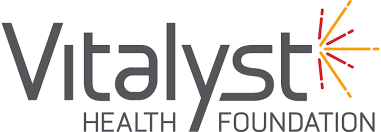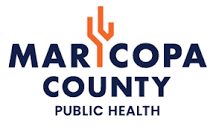AZ Republic Article Prompts Hobbs to Direct DHS & APS to Investigate Regulation of Assisted Living Facilities
Announces Health Care Facility Licensing Legislative Priorities
The critical value of investigative journalism was on full display this week. After the Arizona Republic’s Caitlin McGlade published her latest investigative piece about the regulation (or rather lack of regulation) of assisted living facilities in Arizona, Governor Hobbs announced she’s directing ADHS & ADES’ Adult Protective Services to do a comprehensive investigation into the response to complaints at Heritage Village and where the State fell short.
Arizona Gov. Hobbs wants closer look at response to Mesa care center
Additionally, she announced her administration’s priorities in the upcoming legislative session to strengthen accountability for health care institutions, including assisted living facilities. For several months the administration has been working diligently to develop comprehensive reforms that crack down on bad actors, protect patient care, and strengthens accountability, including:
- Allow ADHS to increase fees and fines based on the severity of an infraction;
- Increase ADHS regulatory powers, including cracking down on license hopping, and empower the agency to revoke licenses for cause;
- Close inspection loopholes for facilities that are licensed by accreditation or have a previous deficiency free inspection;
- Implement robust licensure requirements for assisted living facilities;
- Invest in additional employees and legal support for ADHS;
- Increase regulation and certification of facilities advertising Alzheimer’s, memory, and dementia care; and
- Create a new, transparent quality rating system available to the general public for residential and nursing care institutions and which includes skilled nursing, assisted living, and long-term care facilities, within the AZ Care Check system.
Need help about what kind of long-term care is right for you or someone in your family? Check out this resource from Caring.com:
What to Know About Nursing Homes – Caring.com
Assisted living facilities need real accountability, Gov. Hobbs
Why is a Mesa assisted living center with 150 citations still open?
Assisted living facilities need real accountability, Gov. Hobbs
Editorial Note: It would have made a lot more sense for the Governor to have asked the legislature to call on the Arizona Auditor General to investigate the regulation of assisted living facilities rather than ordering the agencies ‘investigate’ themselves. Laurie Roberts also pointed that out in this opinion piece.





